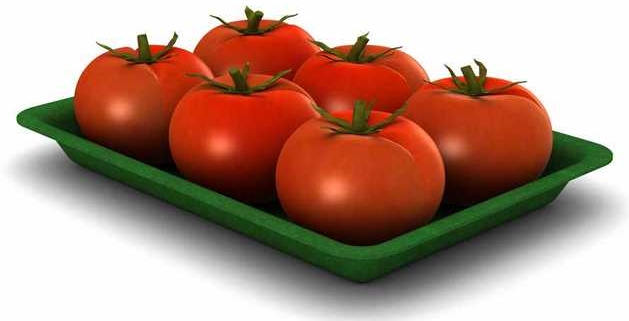The Better India, Manabi Katoch
Last year’s winter in Delhi was horrifying. The fog in the month of October was not the usual — it was choking smoke that made it almost impossible for children and elderly citizens to leave their houses.
While many speculations were made about the reason behind the smog, NASA’s ‘fire map’ on October 17 and 20 showed a considerable growth in red dots over Haryana and Punjab. These indicated fire due to burning of stubble in the farms at these places. The ill-effects of these fires were not limited to the two states. They travelled to Delhi because of the westerly winds, causing major health concerns among people.
Stubble is 8 to 10 inches of straw that stays behind after paddy, wheat and other crops have been harvested using a machine. Farmers usually burn the stubble to prepare the fields for the next sowing season. India produces 550 million tonnes of crop residue every year and an estimated 32 million tonnes of agricultural excess is burnt in India each of these year. A poor farmer cannot afford the labour cost or the time taken to clear his field and hence burning the stubble for next crop is the only solution he knows. But what if someone arranged to clear his field and pay him for the residue?
And here’s where it gets interesting — if this same farm residue is used to replace plastic waste to make biodegradable food grade packaging material for your fruits and vegetable?
This revolutionary step has been taken by BIO-LUTIONS, a Germany-based company, with its Indian partners Kurian Mathew, Kurian George and George Thomas.
[…]

